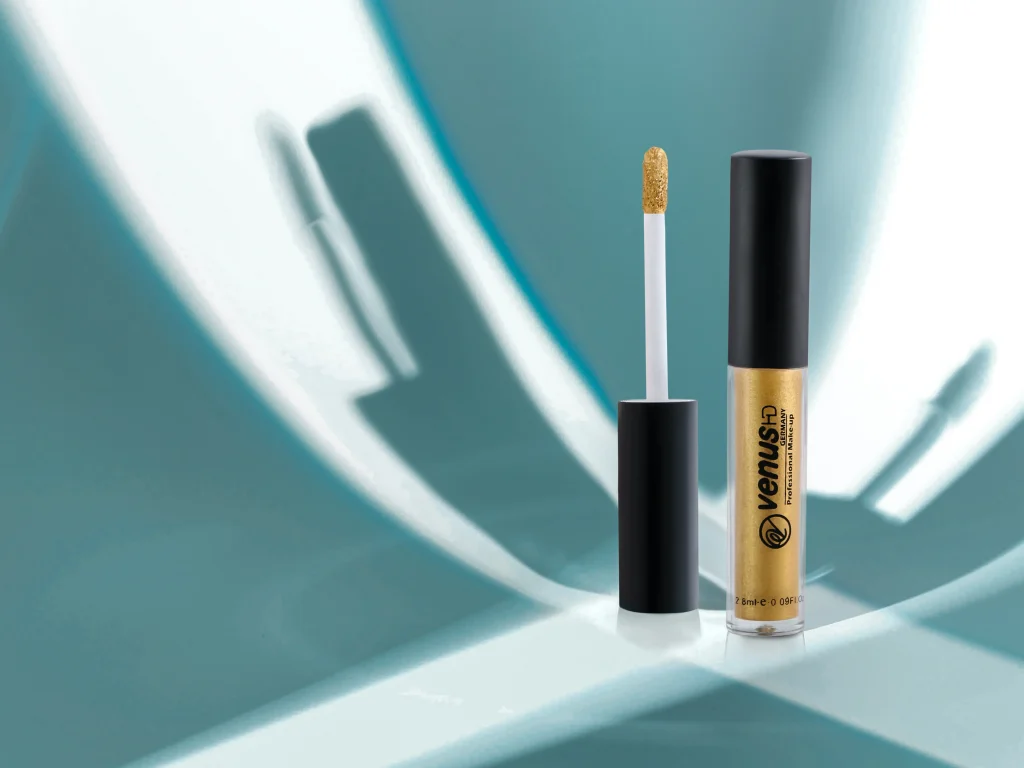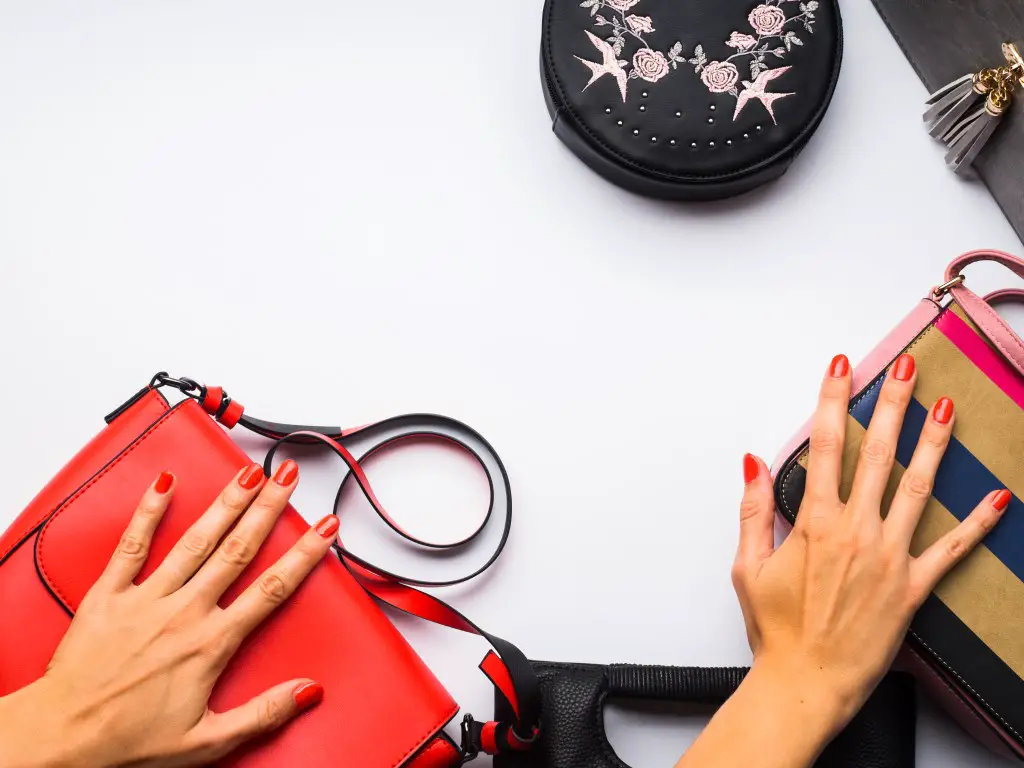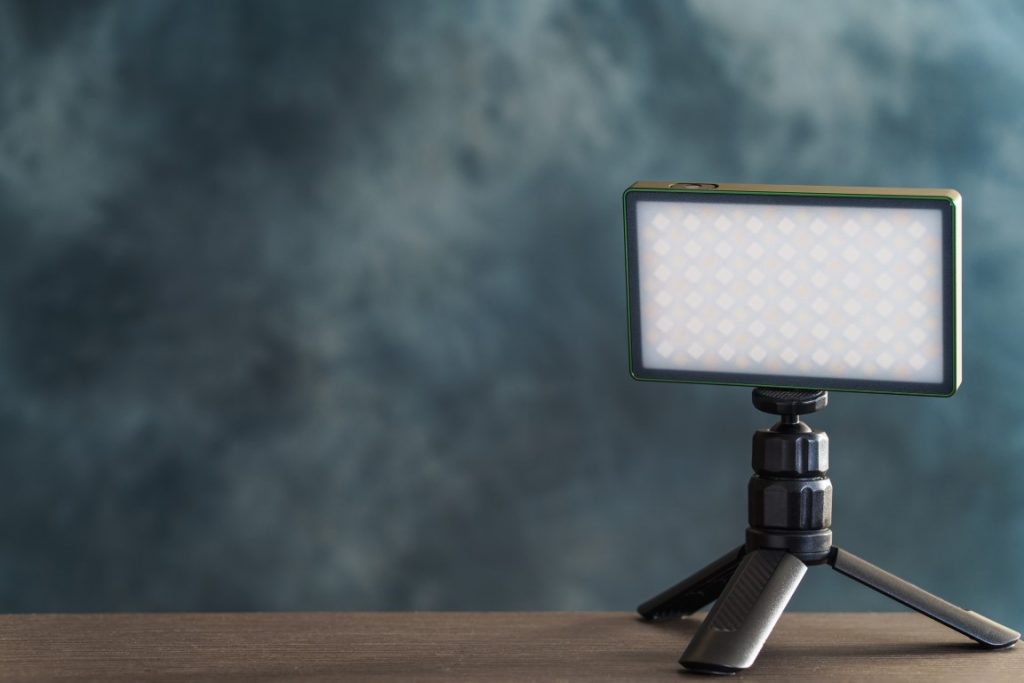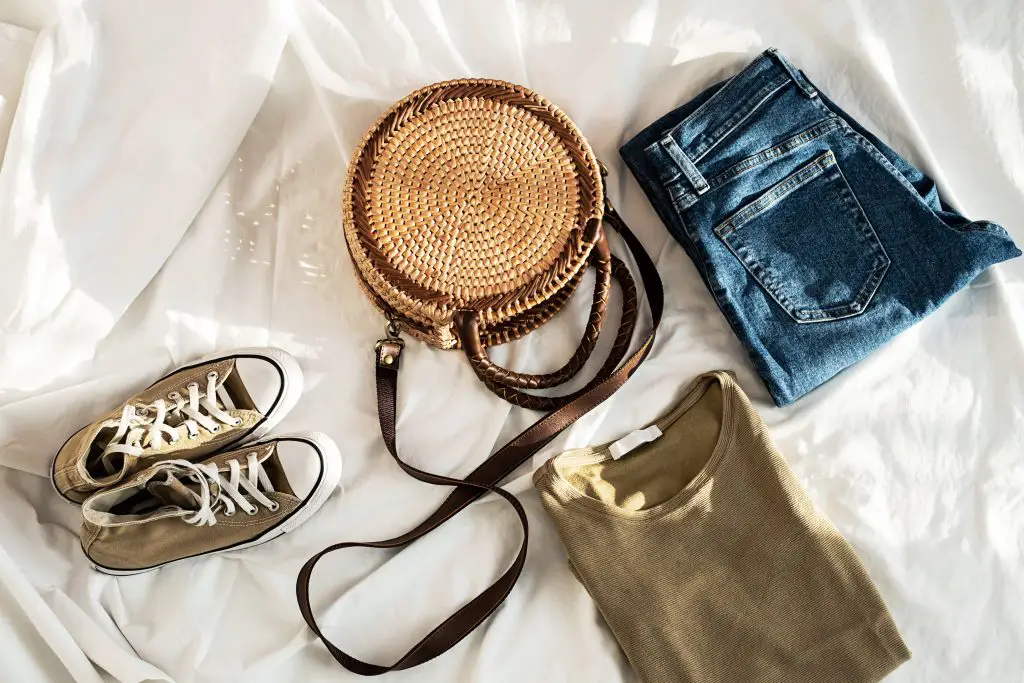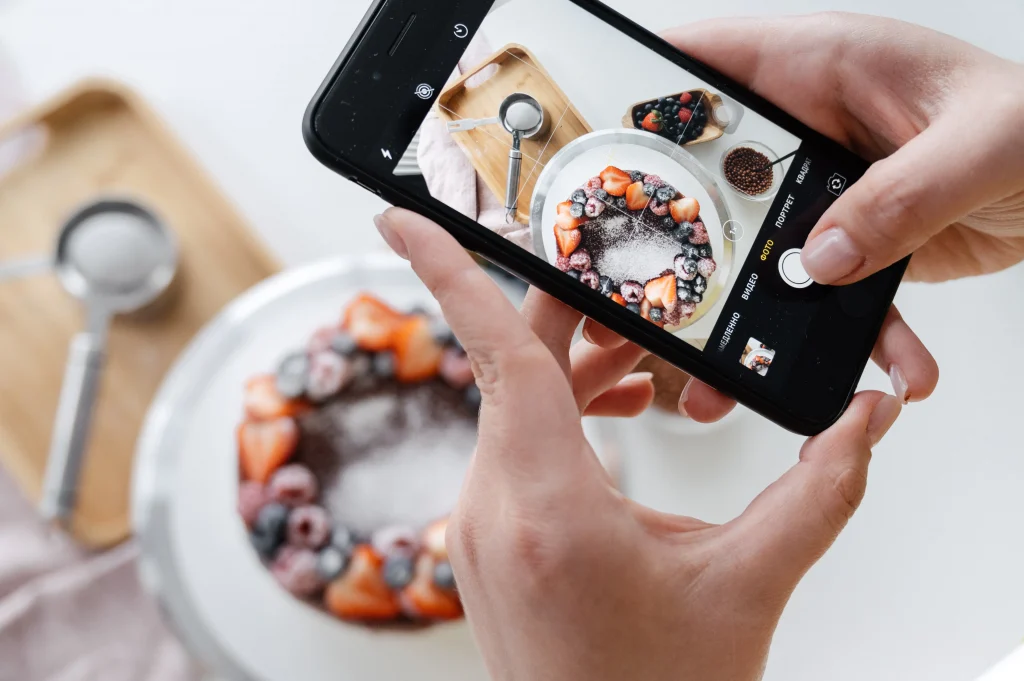
Did you know that food photography, blogging, and vlogging are some of the savviest ways to make money right now? Do you think those people posting on Instagram are just nurturing their hobbies? Hun, they are onto bigger goals!
Out of all the ways you can make some money on the side, food photography is probably the easiest. Because you only need your phone!
Besides, the best smartphones for food photography will demand little experience from you. Keep scrolling to find out!
Can I Use My Phone for Food Photography?
Of course, you can!
Surprisingly, some smartphones are capable of taking incredible photos and videos. With proper lighting, posing, angling, and editing, it can be hard to tell if the photo was taken with a phone!
In fact, ultra-innovative smartphones these days are equipped with superior camera technology that come pretty close to a professional-grade camera.
Don’t you believe me? Read the next section and you’ll know.
Which Phone is the Best for Food Photography?
Below is a list of mobile phones that are ideal for food photography.
Xiaomi Redmi Note 10 Pro
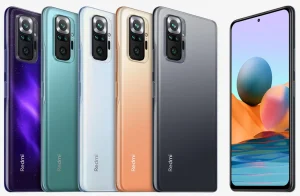
Source: mi.com
I feel like this phone emerged from a Harry Potter movie. This magical device has;
- HDR camera of 108MP for quad
- 12MP for portrait
- 20MP for super wide-angle
- 8MP for 10x zoom
Moreover, it has a palm shutter, TrueColor technology of 90Hz, optimized lighting, detection, and pixel configuration. You don’t need any special techniques to take breathtaking photos. Just get this phone.
Samsung Galaxy S20 Ultra
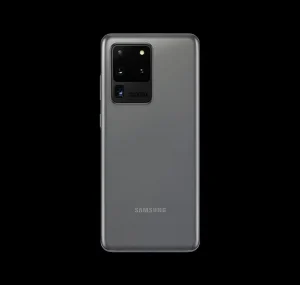
Source: samsung.com
This phone is also quite magical and a little crazier than the previous one. It has;
- 108MP in the main camera
- 48MP telephoto
- 12MP for ultra-wide angles
- 10x hybrid zoom
- 3×3 pixel binning
- Its own food photography setting
Also, autofocus and image optimization ensure you take great photos every time.
Realme X2
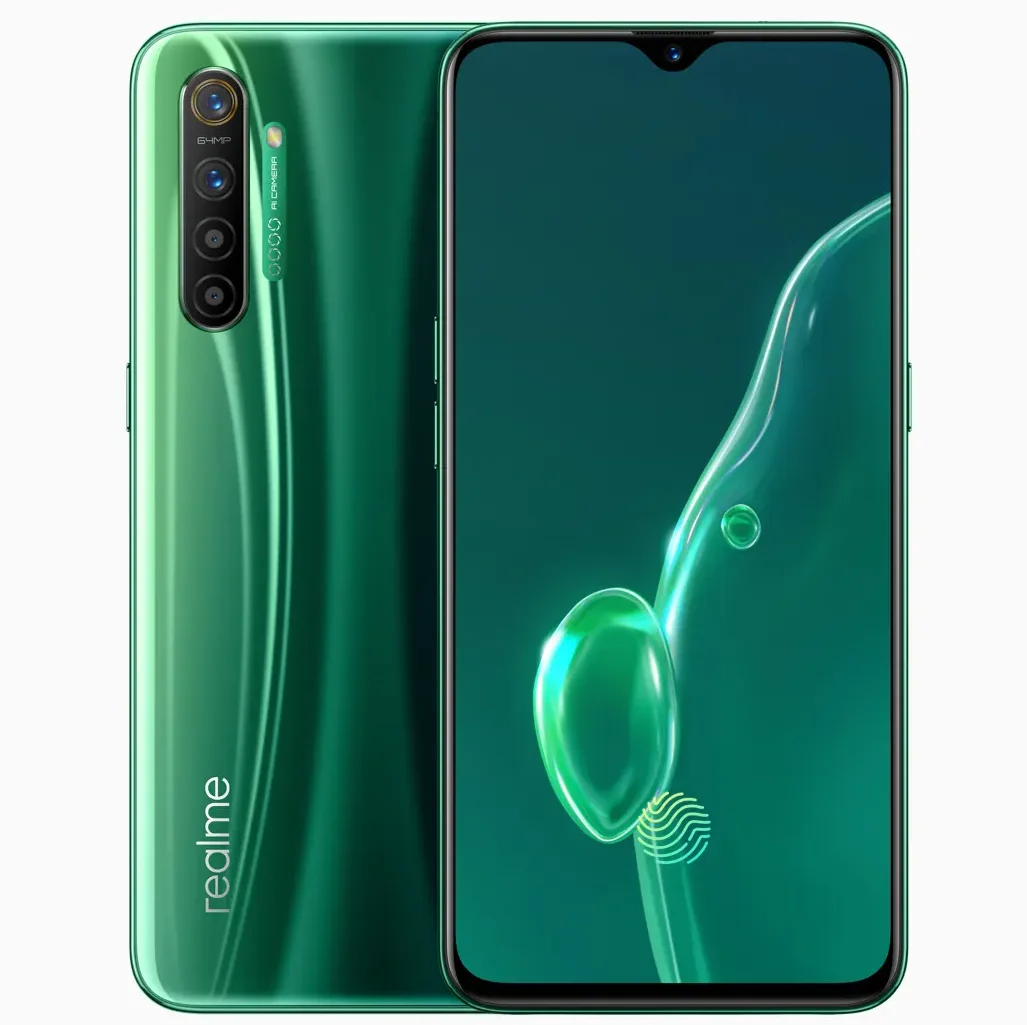
Source: realme.com
The realme X2 smartphone is awesome for food photography. The phone has a quadruple-layer camera setting with;
- 64MP ultrawide lens
- 13MP ultrawide lens
- 8MP ultrawide lens
- 2MP nightscape lens
- 2x optical zoom
- Whopping 20x hybrid zoom
The camera uses Hawk-Eye artificial intelligence to capture sharp high-resolution images without bad areas. It also supports both light and dark lighting for photography.
OnePlus 8 Pro
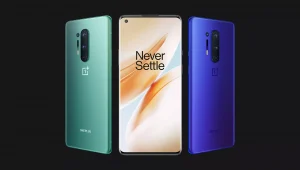
Source: oneplus.com
This phone comes with;
- Sony 48MP ultrawide lens
- 8MP primary wide lens
- 5MP depth lens
- 3x hybrid zoom
Additionally, the night vision mode ensures that no food looks whitewashed in low light. You can greatly improve the color of your food photo with its color effect sensor.
How Do You Take Good Food Photography with Smartphones?
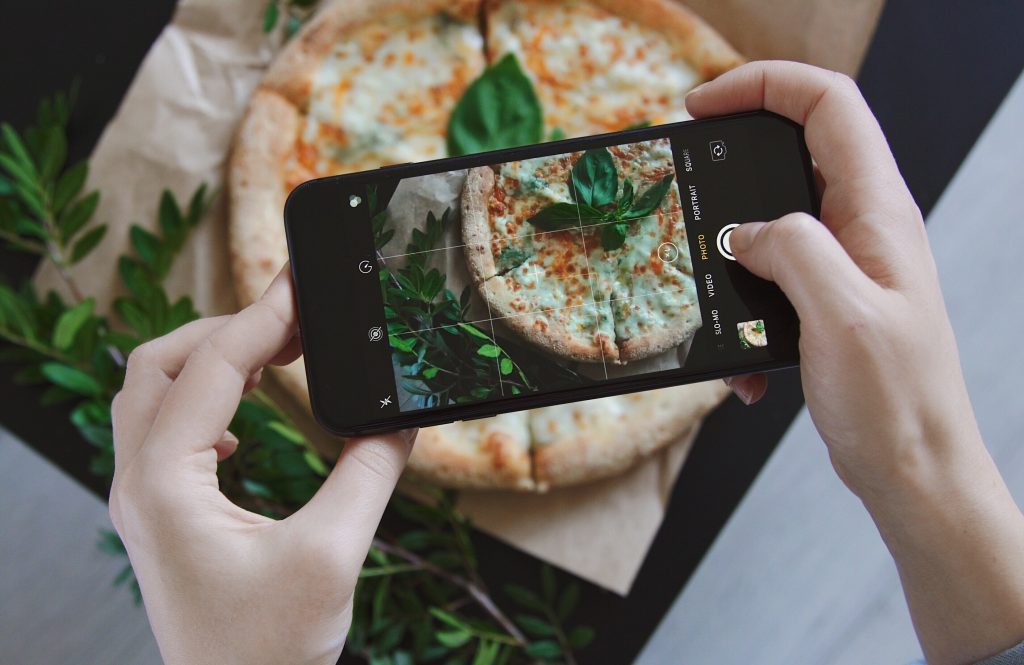
Even when you’re not using a professional camera to take food photos, a few tricks and tips can help you get the professional results that you so desire. So, let’s have a look at what they are.
Planning
Unless you are a pro at taking first-rate pictures, you need a plan, In fact, some professionals still rely on strategies to get the outcome they desire.
Identify the topic of the shoot and what features you want to cover in it.
For example, for top-quality food photography, decide the time of the meal, the number of meals, and the color variation of each food item, utensil, and background.
It’s so important to be clear about the purpose of the photoshoot.
Are you doing it for Instagram to get more followers? Then, stick to the common food picture layout that is popular on the platform.
Are you doing it for a magazine? Research the trend regarding food photography, and try to take pictures that fit that standard.
Lighting
Either take photos where the light is the brightest or create artificial lighting. You must have heard about the ‘golden hour. That is the most popular time of the day to take amazing pictures.
The beautiful warm glow can make any object appear surreal and magical. For this effect, position your food in front of the window.
However, there are better ways to get proper lighting except for the golden hour.
Warm lights can be used for a welcoming effect, whereas cool lights can be used for an edgy effect. Some smartphones have their own camera settings.
Angling
Once you’ve set the lighting, it’s time to understand the correct angles that make food pop and look mouth-watering. Think of all the ways fast-food restaurants have made their food look way better than they are.
They use proper angles, brightness, and special effects to want you crave that food. Your food photography should produce the same result.
You can experiment with the angles all you want since photography is an art.
But ideally, a 45-degree angle is the most common photography strategy used by the commercial food industry. The reason is that this angle shows the front, surface, and sides of the dish.
Nonetheless, 90-degree, 20-degree, and 0-degree are all excellent angles to take photos of your food.
Take a bunch of photos from different angles, then pick out the best from that later on.
Focal Point
The focal point is the point in the image where you want the viewers to focus. For instance, when an image contains a burger, you don’t want the attention of the viewers to go to the garlic on the side of the pattern of the wallpaper. The focus should be on the burger.
As a matter of fact, the background, the table, and the utensils are essential in making the image more attractive. But, the center of attention should always be the food.
Balance
Let’s talk balance now. Here, we are balancing the positive and negative spaces of the picture. When taking a photograph, make sure the filled (positive) and blank (negative) spaces are balanced.
To illustrate, if you’re shooting a cake. The layers of the cake and the fruits on top should take up the positive space. On the other hand, leave the rest of the photo blank for relaxation. It’s a form of minimalism to reduce clutter in the image to draw attention toward the food.
Watch a tutorial to understand how balance works in food photography.
No Flash, Please
Unfortunately, the flash on your smartphone may not be a good tool for food photography. If it’s dark, create artificial lighting instead of using flash. If you don’t believe me, try it once, and you will know.
Our smartphones are not equipped with powerful zooming lenses. So when you take a photo by zooming in, the result is a poor-quality picture.
Avoid Zooming
The good news is that some phones include optical zoom of 2x or 3x. They can take zoomed-in pictures without compromising their quality.
Some cameras with optical zoom features are iPhone 13 Pro Max, Samsung Galaxy S20 Ultra, and One Plus 9 Pro.
What are the Different Angles for Smartphone Food Photography?
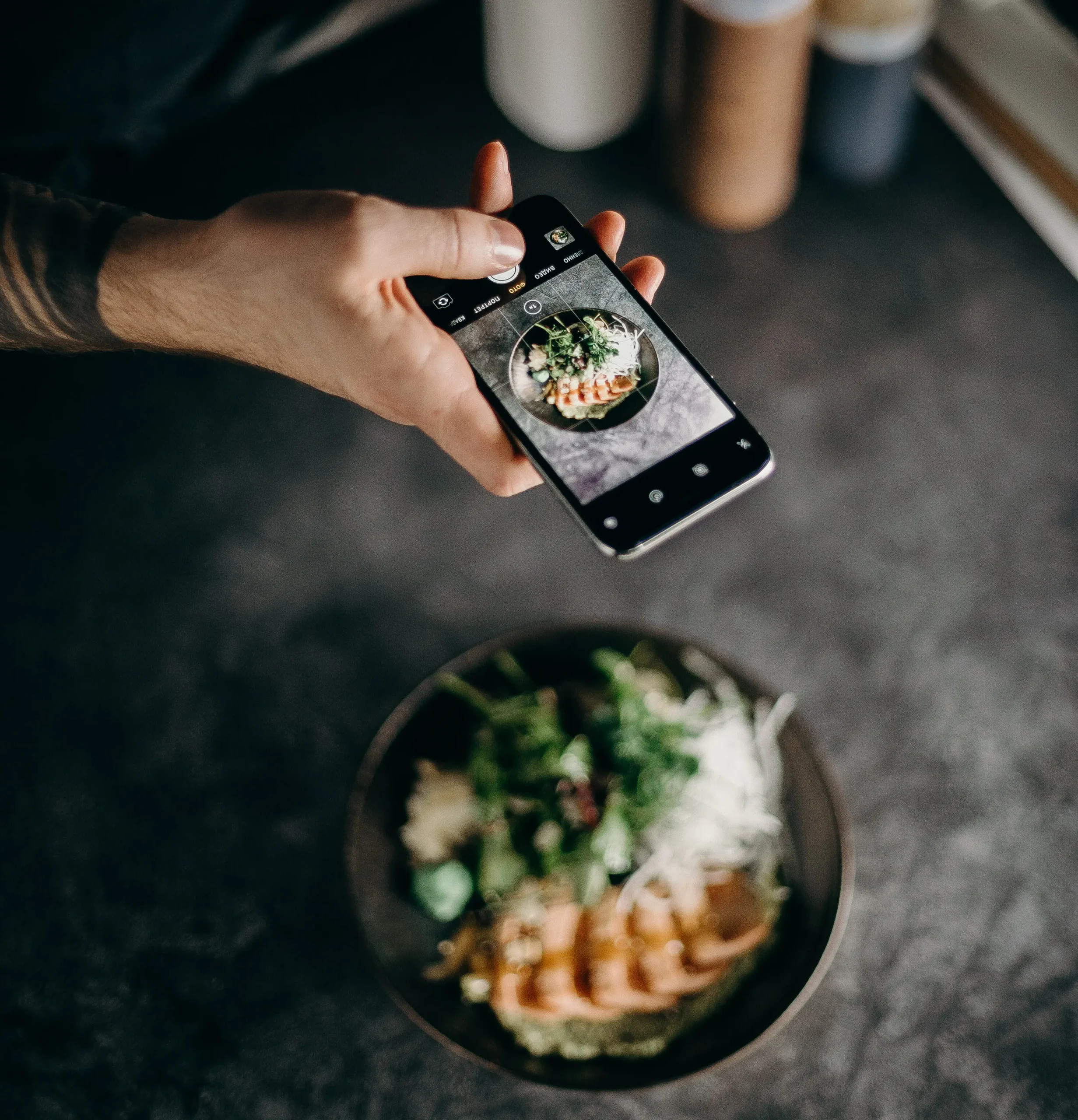
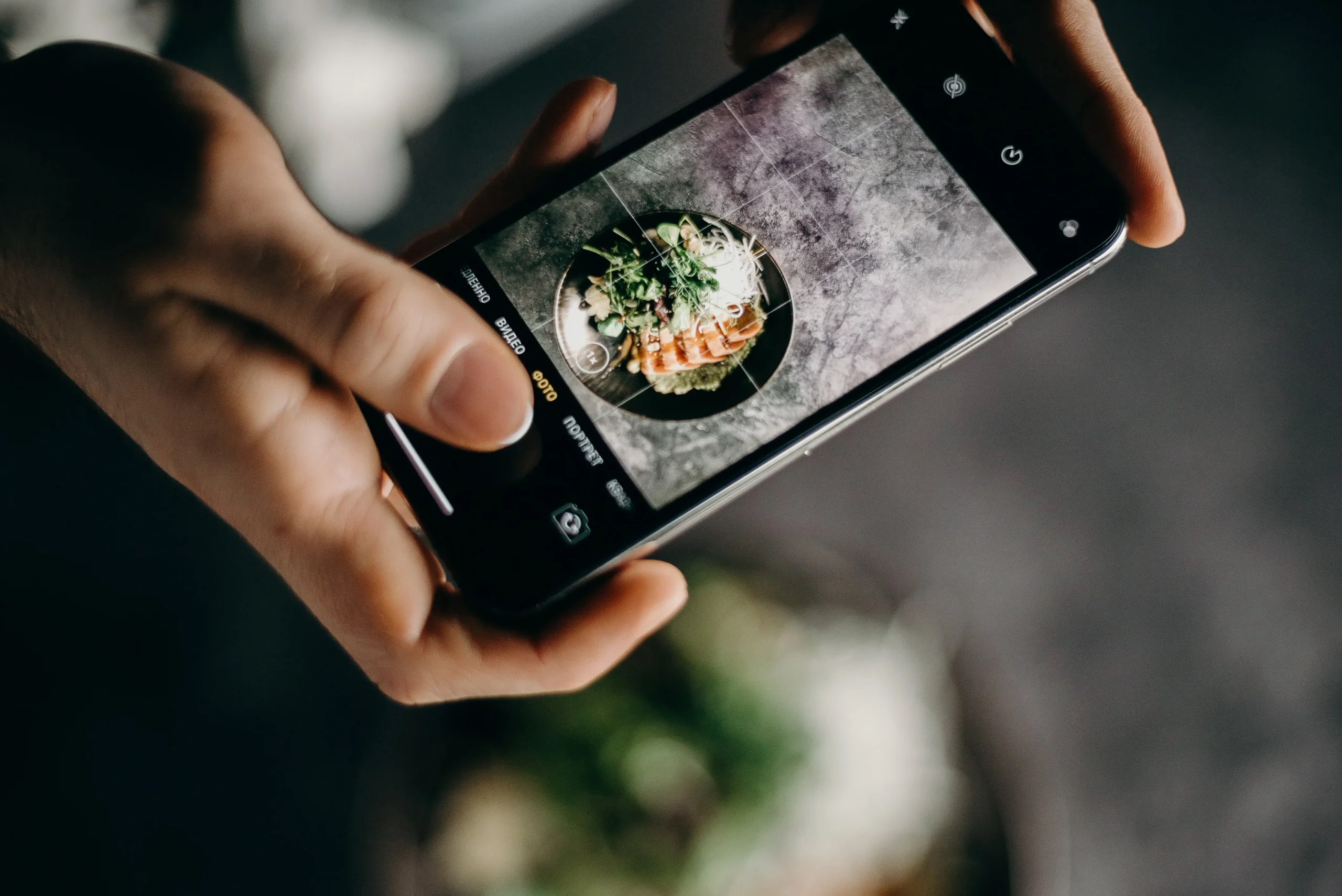
Angling is crucial in food photography as it dictates your presentation skills and how viewers will perceive the photo. There are three main angles for food photography:
- Straight-on (0 degrees)
- 45 degrees
- overhead (90 degrees).
The straight-on angle should be used for tall food, like hamburgers and sandwiches to show the layers in the food. The image of melting cheese, tomatoes, pickles, and juicy meat will make anybody feel hungry!
Accordingly, use the overhead angle to take shots of dishes lying flat on a platter. That will allow visibility of all the ingredients. But you don’t have to fit the entire dish into the frame. Even half of it will do the trick!
Finally, the 45-degree angle is the same angle people view their meals when they are sitting at a table. Consider a bowl of ramen. It will look delectable at a 45-degree angle.
The Takeaway for Aspiring Food Photographers
All the great tips about food photography don’t even end here. There are so many techniques that you can apply using just your smartphone. Here is a video for more tips for all aspiring food photo artists.
By the way, your ambition is not doomed if you don’t own one of the smartphones listed in this article. You can still use your current phone to take beautiful photos of food.
It’s true that there is less effort in taking photos with the best smartphones for food photography. But don’t fret. There are tons of people who made world records with pictures just taken from their phones!
Justin Parker is a professional photographer and has been in the industry since 2007. He attended the University of Georgia. Justin combines his passion for photography and his interest in writing to give life to this blog which talks about photography in order to help and inspire young photographers.

